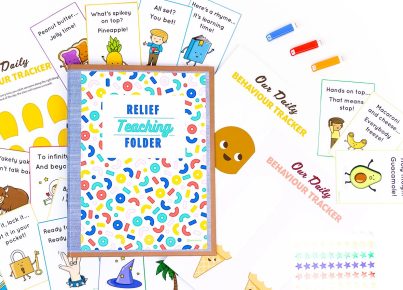The role of a relief teacher, often referred to as a substitute teacher, is both challenging and rewarding. Relief teachers step into classrooms when regular teachers are absent due to illness, personal leave, or professional development activities. If you’re contemplating this path, here’s what you should consider before making your decision.
Qualifications and Certifications: Most school districts require relief teachers to have the same qualifications as full-time teachers, which means having a bachelor’s degree in education or a related field. Additionally, certification or registration with the relevant education authority is necessary.
Flexibility is Key: One of the main advantages of being a relief teacher is schedule flexibility. You can often choose when and where you work, which is perfect for individuals looking for a better work-life balance.
Diverse Teaching Experience: Being a relief teacher allows you to teach different subjects across various age groups and schools. This can be an excellent opportunity for professional growth as you adapt to different classroom environments and teaching styles.
Classroom Management Skills: As a relief teacher, you’ll be stepping into new classrooms regularly, and you may face students testing boundaries with someone new in charge. Therefore, strong classroom management skills are crucial to establish authority and keep order.
Preparation Is Crucial: Although you won’t have your lesson plans, it’s essential to come prepared with general teaching materials and activities. Some teachers leave plans, but if they don’t or an emergency occurs, being ready will make your day go smoother.
Continuous Learning: Since each school may operate differently with various rules and cultures, relief teaching is a continuous learning journey. Being able to quickly learn and adapt is paramount for success.
Building Relationships: While you might only be in a classroom for a short period, building rapport with students helps create a conducive learning environment. Developing relationships with staff can also lead to more job opportunities.
Impact on Students: Finally, remember that even as a relief teacher, you have the potential to make a significant impact on your students’ lives. You bring new perspectives and can make learning engaging in ways that resonate uniquely because of your varied experiences.
In conclusion, becoming a relief teacher offers flexibility and diversity but comes with the necessity for strong adaptability skills. If this sounds like the perfect job for you, pursuing the required qualifications and focusing on developing effective classroom management strategies are your first steps towards an exciting career path in education.





